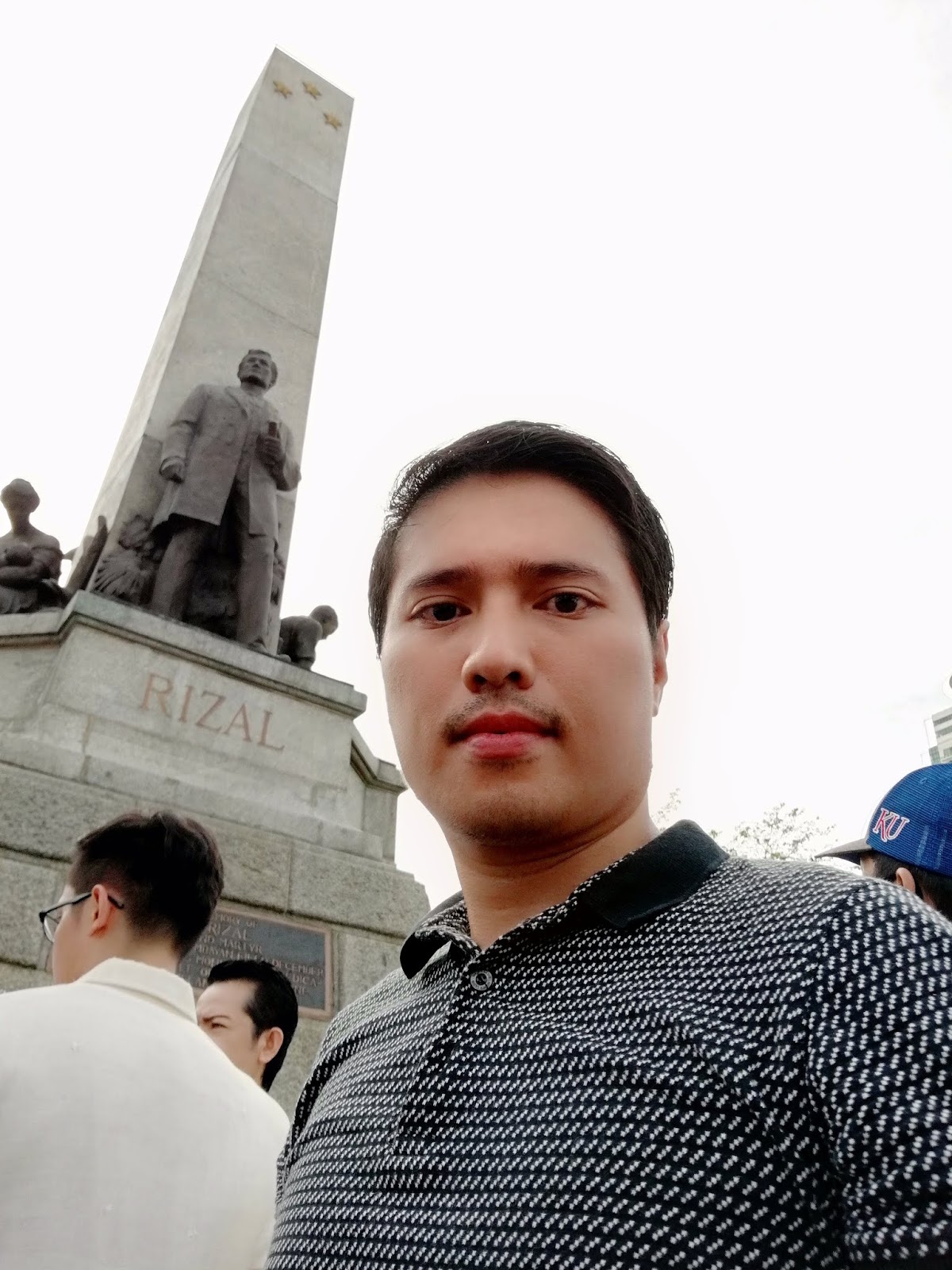There's something mysterious about the ruins. The old and well-preserved structure that's built to last for a lifetime.
That's what the ruins are for. To stand the test of time.
In the Philippines, just an hour from Manila is the ruins we call the "Palace in the Sky," now more popularly known as "People's Park in the Sky," which gives a chilly feel due to its geographical location on the summit of Mount Gonzales in the province of Cavite.
 |
| At the veranda overlooking the Shrine of Our Lady, Mother of Fair Love |
 |
| The view deck overlooking the Taal Lake |
The structures' old and rustic charm attracts local and foreign visitors due to its breathtaking view of the famous Taal Volcano and Taal lake.
Truly captivating!
The highest point. That's the description of the place, as it is located on the summit of the highest mountain in Cavite at 709 meters (2,326 ft.) above sea level. And so, it offers a 360-degree view of the Tagaytay Highlands, including nearby recreational parks and villages.
How this "Palace in the Sky" became famous ruins has a different story from the other ruins in the country.
This one has got a unique story.
 |
| The view deck overlooking the mountains |
In the late 70s, during the administration of the late President Marcos, "Palace in the Sky" was commissioned to serve as a guest house for the visit of then-US President Ronald Reagan. That's a show of Filipino hospitality at its best.
A royalty welcome and treatment.
However, the construction was left unfinished when the visit of US President Reagan was canceled.
We have been left with the "Ruins in the Sky" since then.
 |
| The rustic and mossy Palace ruins |
That "Palace in the Sky" would have been beautiful if the construction had been finished. But sad that it was just abandoned.
That was supposed to be consistent with the Imeldific brand, the highest extravagance attributed to former First Lady Imelda Marcos.
Honestly, I love the place on the summit. Although the ruins can be a little creepy at first sight, their beautiful ambiance captures the heart.
It was indeed built with love.
The next time you visit Tagaytay, you should never miss this place.
A must-visit!
A great weekend getaway for the family, partners, or even solo travelers. A romantic destination that captivates the soul of just anyone.
The "Palace in the Sky" is not just an abandoned ruin. It shows timeless elegance and a natural charm. It shows our glorious past and brings beautiful memories to last.
© 2020 Del Cusay




























